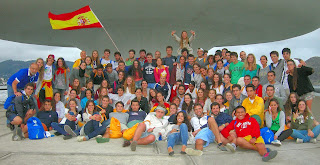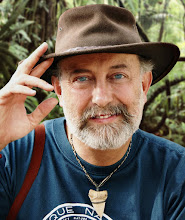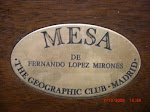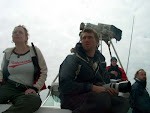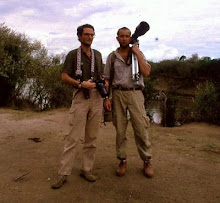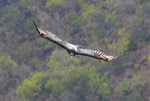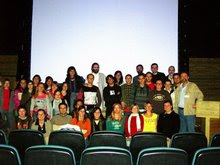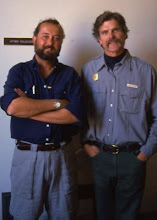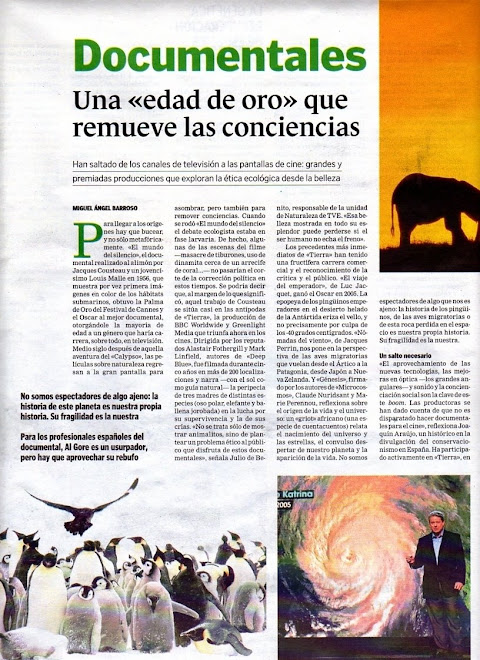Cristina vive en Madrid, España, tiene 21 años y mucha suerte en la vida,
pero aún no lo sabe. Comparte este
destino con decenas de jóvenes acomodados de todos los
rincones del planeta.
Esta es la historia de un viaje al
otro lado.
Febrero de 2013, el Papa Benedicto
XVI toma la decisión de retirarse, pero Joao le
estaba esperando en Río de Janeiro. El viaje del nuevo Santo Padre, Francisco a Brasil lleva meses preparándose, miles de jóvenes de todo el mundo van a inundar las playas de Copacabana y toda la ciudad de Rio do Janeiro.
Para Joao y sus compañeros de la Casa de los Pobres esto no es sino una anécdota. Pedro, un hombretón
de sesenta centímetros de altura y María, que pronto cumplirá 101 años, han tenido y tienen problemas más inmediatos. Su visión del mundo es un tesoro que
pronto va a ser descubierto por Cristina… y por Manuel… y por Juan…
El encuentro entre Cristina y Joao
va a crear un universo desconocido para ambos…
el Segundo Mundo.
Este es un viaje de miles de kilómetros al interior del alma, una odisea vital sin retorno,
un portal abierto al cambio. Pero como todos los viajes se hace tres veces:
antes, cuando se sueña, durante cuando se vive, y
al regresar, cuando ya nada volverá a ser lo mismo.
Tres viajes, tres mundos, un documental…
Copyright F.LMirones ORCA-FILMS/SHOWING FOUNDATION
con la colaboración de CANON España




